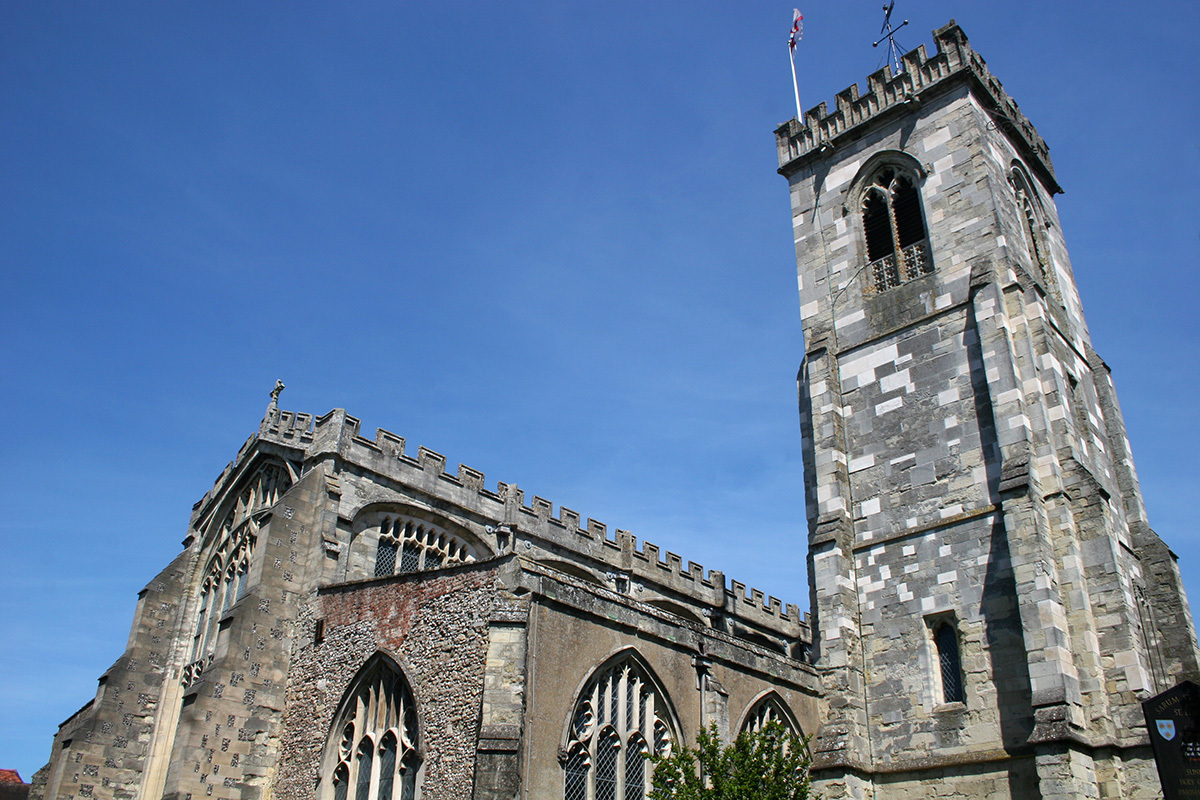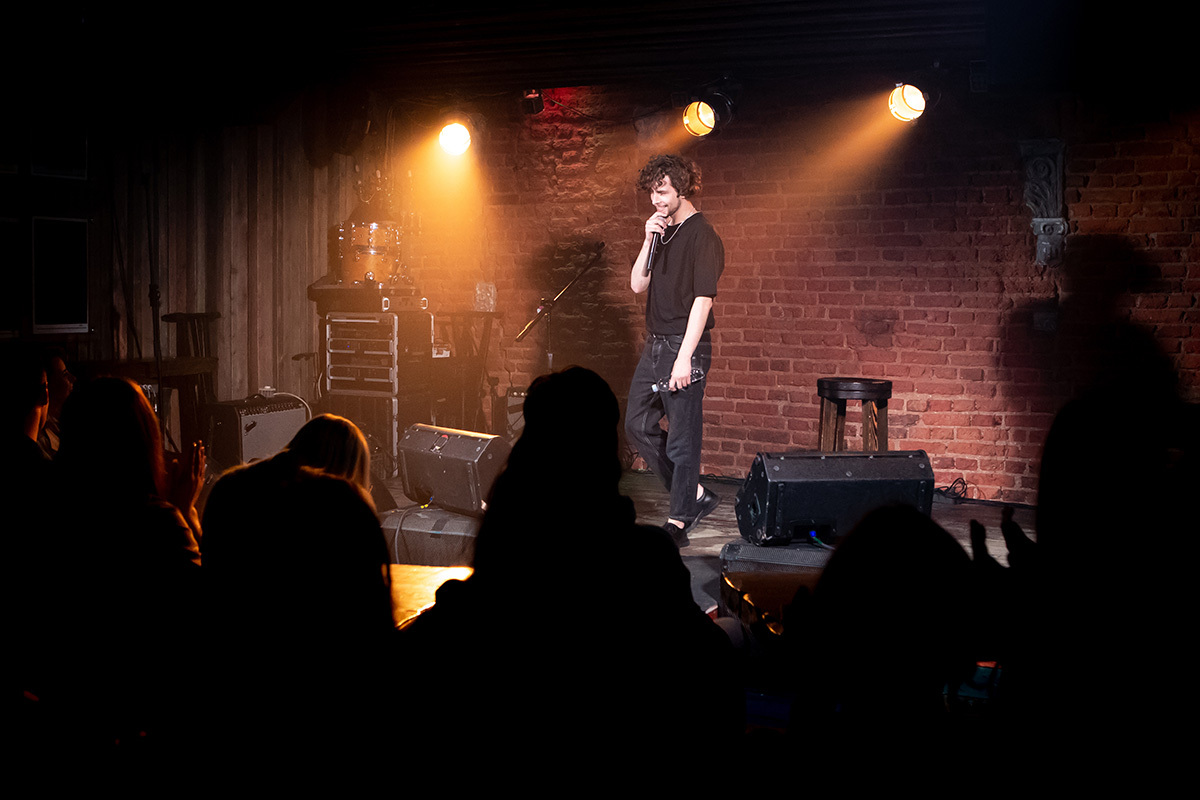
1. Intention tremor
Quick info:
Scope:
This page provides information on the different causes of intention tremor
- intention tremor or tremor during target-directed movement is present when tremor amplitude increases during visually guided movements towards a target at the termination of movement
- the possibility of postion-specific tremor or postural tremor produced at the beginning and end of a movement should be excluded
- maximum tremor amplitude is reached at target
- intention tremor may be accompanied by postural tremor and other cerebellar signs:
- nystagmus
- dysarthria
- dysmetria
- dysdiadochokinesia
- Holmes-Stewart manoeuvre "underdamping" (have the patient rest an elbow on a table and try to flex that arm against the resistance of the examiner; when the resistance is suddenly withdrawn, the affected arm rebounds to the patient's chest, whereas the normal arm flexes only slightly, the flexion being arrested by contraction of antagonistic muscles (the triceps))
- heel shin ataxia
- ataxic gait
- intention tremor is commonly seen in multiple sclerosis
- intention tremor is also seen in essential tremor, dystonic tremor syndromes, Holmes tremor, Wilson's disease and parkinsonism tremors
- consider alcohol or anticonvulsant toxicity
3. Cerebellar tremor
Quick info:
- may be intention or postural tremoror both
- tremor frequency usually below 5Hz
- other cerebellar signs may be present:
- nystagmus
- dysarthria
- dysmetria
- dysdiadochokinesia
- Holmes-Stewart manoeuvre "underdamping" (have the patient rest an elbow on a table and try to flex that arm against the resistance of the examiner; when the resistance is suddenly withdrawn, the affected arm rebounds to the patient's chest, whereas the normal arm flexes only slightly, the flexion being arrested by contraction of antagonistic muscles (the triceps))
- heel shin ataxia
- ataxic gait
- consider alcohol or anticonvulsant toxicity
- may result from other diseases
- multiple sclerosis
- multisystem atrophy
- hereditary cerebellar ataxias
- focal lesions in the cerebellum (eg. stroke, tumours, abscess, haematoma)
- paraneoplastic syndromes
4. Essential tremor
Quick info:
- essential tremor is a broadly symmetrical postural or kinetic tremor of the upper limbs
- in some cases an intention tremor is also present
- a positive family history in approximately 50% of cases
- essential tremor is often alcohol responsive (in approximately 50% of cases)
- It has a frequency range of 4-12Hz
- It is usually progressive
5. Holmes (rubral) tremor
Quick info:
- typically there are three tremor components present (rest, postural and intention tremor)
- symptoms often severe. -the action tremor severity is usually greater than that of the rest component
- slow (frequency <4.5Hz) irregular tremor
- tends to involve proximal (action tremor) and distal (rest tremor) muscles
- Holmes tremor has numerous causes including stroke, vascular malformations, tumours, head injury, toxoplasmosis, major tranquilizers, radiation
- typically 2 weeks to 2 years delay from causal lesion to tremor onset
- lesions typically sited in midbrain or thalamus
- structural imaging (MRI scan) recommended
- Dopamine transporter scan often abnormal
6. Other tremors
Quick info:
- task specific or position specific They are not intention tremors, but are often considered to be by patients:
- subtype of action tremor
- occur almost specifically whilst performing a specific task (eg. writing) or maintaining a specific posture (eg. holding a pen).
- can interfere with occupation
- may respond to propranolol, primidone, anticholinergics or botulinum toxin but evidence is limited
- The following are indications of a psychogenic tremor:
-
- sudden onset, remissions or both
- unusual combinations of rest, postural or intention tremors
- somatization in past medical history
- consider medical causes for tremor with psychiatric illness (eg. Wilson's disease)
- decreased tremor amplitude during distraction
- variations in tremor frequency with distractions or voluntary movements of the other hand (entrainment)
- co-activation sign of psychogenic tremor (tremor only present when the arm is voluntarily stiffened)
- appearance of additional and unrelated neurological signs
- finger tremor is unusual in psychogenic tremor
- simple reflex time studies
- consider other causes of tremor
- focus of treatment should be predominantly psychological












